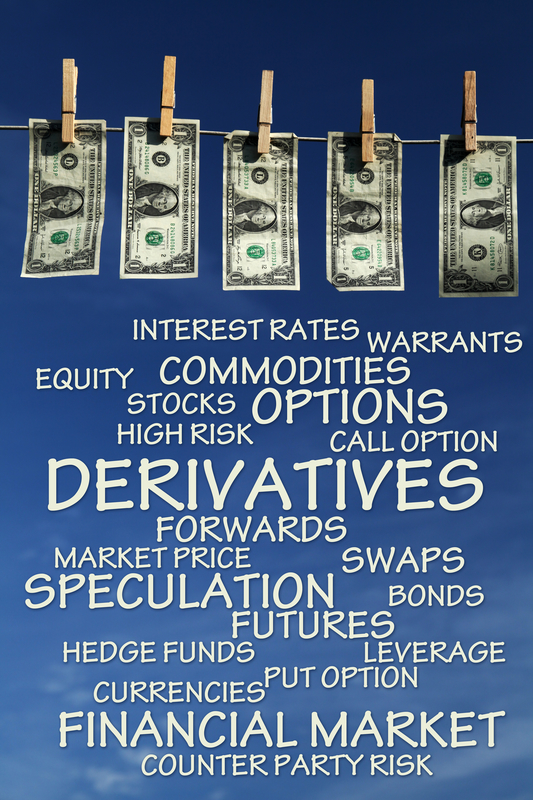
The terms futures contracts and futures exchanges tend to portray a voyeuristic image to consumers. But the discipline has a very practical real-world benefit; it provides much-needed liquidity to financial markets. The workings of futures contracts can seem complex but they are actually cunning in their simplicity.
There are two parties to a futures contract usually (but not always) a legitimate hedger and a speculator. The hedger is genuinely interested in protecting prices against future increases. Call the hedger RoyalAir and let’s see what it’s trying to achieve. RoyalAir has a natural requirement to purchase aviation fuel and has a policy that stipulates it should hold at least a half-year’s supply in storage. This allows it to smooth out the costs over 6-monthly intervals but it is largely driven by the fact that 6 months is the extent of its fuel storage capacity.
Volatile market conditions determine that RoyalAir would like to purchase more aviation fuel because it is fearful of prices rising substantially over the next 12 months – but it has two fundamental issues. First, it has nowhere to store the surplus fuel and secondly it doesn’t have the working capital to pay for the extra supplies. These are precisely the circumstances where futures contracts can help.
In the first instance, futures contracts are paper-based agreements only; so storage is never an issue. The hedger buys a 12-month futures contract, which has the effect of locking in the price but not imposing delivery constraints. The hedger is only able to purchase if there is another party willing to sell. The two parties hold equal and opposite positions. Just prior to expiry, the contract is unwound at the prevailing market rate. If the market price has gone up the hedger “wins” – and the other party “loses” in equal measure.
But the futures contract does not deliver aviation fuel so the hedger must purchase that in the open market in the normal way. And if we work through the calculations we’ll see how both transactions complement each other.
RoyalAir buys futures contracts at $100 and sells them at $150 = profit of $50. RoyalAir purchases aviation fuel at the open market price of $150. Merging the two transactions – RoyalAir has purchased at $100 with no storage constraints.
In the second instance, because the futures contract is between two parties with diametrically opposed positions; the daily P&L account of each is easily tracked by the futures exchange – for every dollar the hedger gains the speculator loses exactly the same amount. For this reason, the futures exchange does not insist on the full amount of money upfront. It usually calls for only 10% to be deposited to initiate the contract. Of course, if the position deteriorates during the life of the contract then the exchange looks for top-ups.
The futures exchange acts as a conduit. Each party enters into the contract directly with the exchange so confidentiality and creditworthiness are assured. The exchange also standardises contract size and expiry dates to facilitate the easy matching of trades. It’s a very simple co-ordinated process that’s regretably shrouded in mystique!

